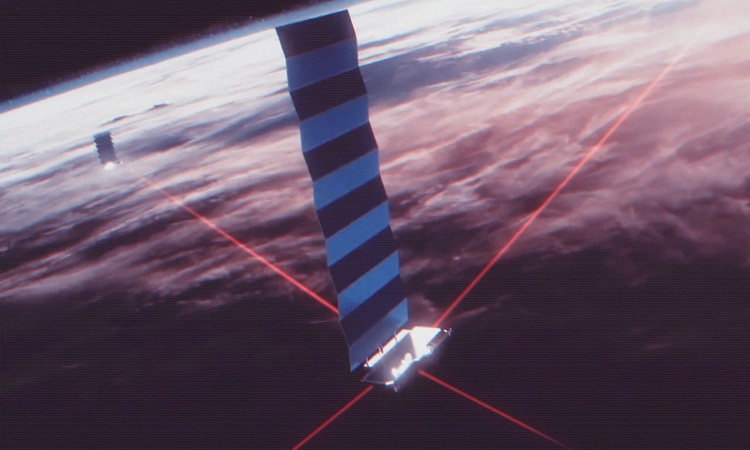Elon Musk, the CEO of SpaceX, revealed several technical details about the design of the company’s Starlink 2.0 satellites, confirming that these machines will far surpass the current generation in almost every way.
What is Starlink 2.0?
As you probably know, SpaceX is developing an internet satellite megaconstellation called Starlink. There are plans to launch between 30,000 and 42,000 into low orbit with the aim of providing high-speed internet access to remote areas of the world. Revenue from this project will also serve the company’s Martian ambitions. Currently, SpaceX has about 2,300 functional first-generation Starlink satellites.
Now the company is working on a new fleet of satellites, the development of which was announced in August 2021. According to Elon Musk, these second-generation machines will be larger and more powerful. The space billionaire recently discussed these details with Everyday Astronaut.
We now know that these new generation satellites are seven meters long and weigh around 1.25 tonnes. By comparison, the first Starlink satellites weigh around 260 kilograms. These new machines will also be much more efficient. “Think of it as how many bits of useful data each satellite can produce,” Musk said during the interview. “Starlink 2.0, in terms of payload bits, is almost an order of magnitude better than Starlink 1.0.”
Although not yet confirmed, Starlink 2.0 should offer about twice as much usable bandwidth in a given unit of satellite mass compared to the first generation.
SpaceX will need the Starship
SpaceX would have already produced the first of these new satellites. However, the latter constitute a much heavier cargo. Currently, Starlink satellites are lifted into low Earth orbit aboard a Falcon 9 rocket, but that launch vehicle will not be capable of carrying Starlink 2.0. It has neither the necessary volume nor the lifting capacity. Instead, SpaceX is therefore betting on the Starship, its fully reusable vessel currently under development. “We need Starship to work and fly frequently, otherwise Starlink will be grounded,” Musk pointed out during the interview.
However, the first flight of these new satellites could be delayed. Indeed, the company is still waiting for the green light from the United States Federal Aviation Administration (FAA) to operate its first orbital flight. The government agency has been working for several months on an environmental review of the Starship program to assess its impact. The report is expected to be delivered in mid-June, although it has been postponed several times.




